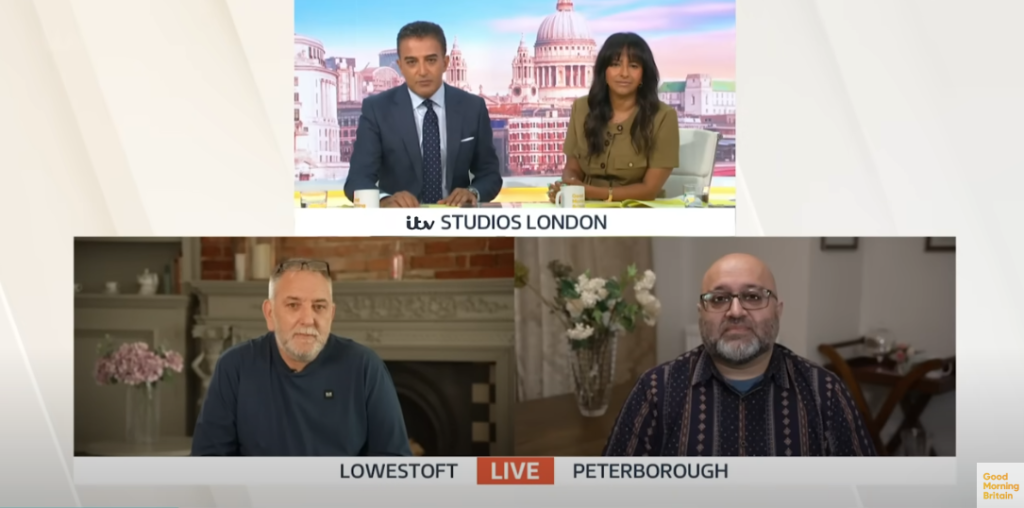The phenomenon of youth radicalisation has garnered significant attention in recent years, particularly as instances of violent extremism have impacted societies globally. The process of radicalisation, wherein individuals adopt extreme political, social, or religious ideologies, often leading to a willingness to perform acts of violence, is complex and multifaceted. Among the various factors that contribute to this process, the role of echo chambers and “tribes” or in-group dynamics has been a subject of intense study and debate.
Echo chambers refer to environments, especially prevalent on social media platforms, where individuals are exposed primarily to opinions and information that reinforce their existing beliefs. This lack of exposure to diverse viewpoints can lead to the intensification of ideas, potentially contributing to radicalization. Studies have shown that extremist groups utilize echo chambers on social media to radicalisation and recruit young people, exploiting the ability of these platforms to disseminate propaganda and foster insular communities.
The concept of “tribes” in this context relates to the human tendency to form and adhere to social groups that share similar interests, beliefs, or identities. This tribalism can create a strong sense of belonging and identity, which can be positive but also has the potential to be exploited by radical groups. The dynamics within these tribes can encourage conformity and discourage critical thinking, making members more susceptible to radical ideologies.
Research has highlighted that echo chambers and tribalism can intersect, creating a potent environment for radicalisation. For instance, individuals may initially join online communities or social media groups based on shared interests or identities. Over time, these groups can become echo chambers, amplifying specific narratives and excluding dissenting voices. The group’s tribal nature reinforces the echo chamber effect, as members seek to maintain their belonging by aligning with the group’s dominant ideology.
Furthermore, the impact of echo chambers and tribalism is not limited to online spaces. Offline interactions and real-world social networks also play a crucial role in the radicalisation process. The interplay between online and offline experiences can deepen an individual’s commitment to radical ideologies, as they find reinforcement and validation in both spheres.
Addressing the challenges posed by echo chambers and tribalism requires a multifaceted approach. Efforts to promote media literacy, critical thinking, and exposure to diverse perspectives are essential in combating the formation of echo chambers. Additionally, fostering inclusive and open communities, both online and offline, can help counteract the negative aspects of tribalism.
@newdaystarts








